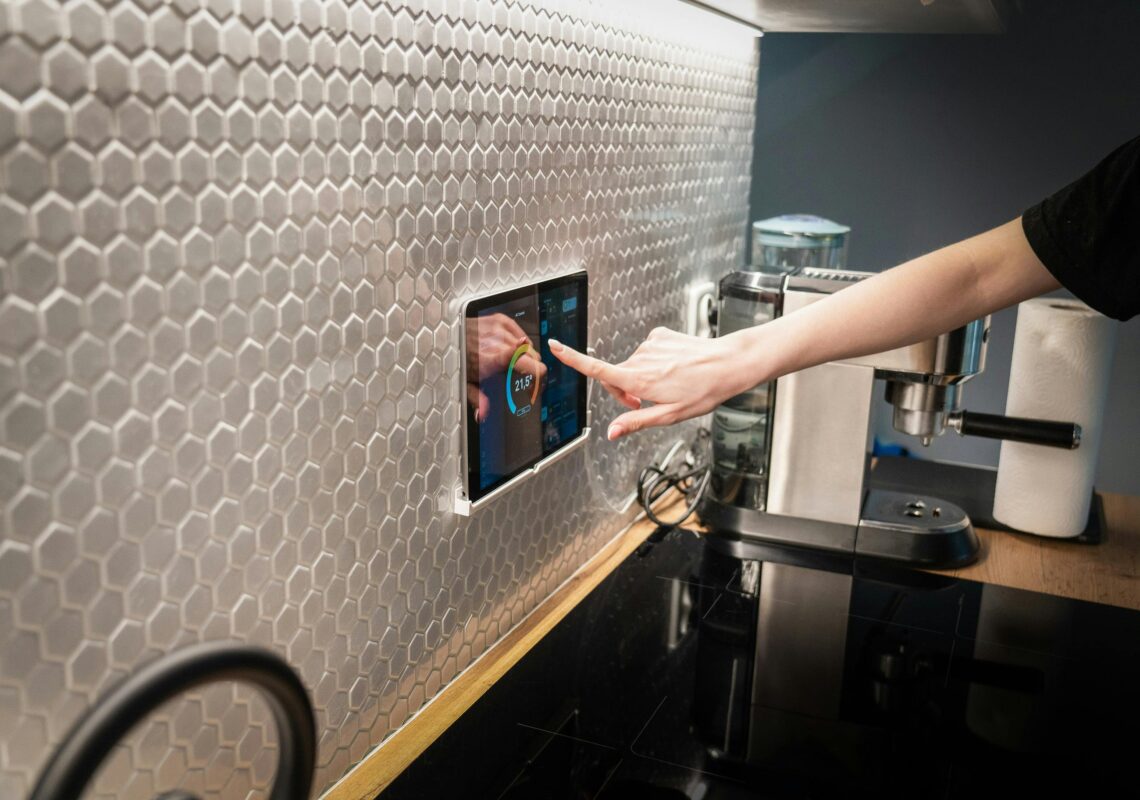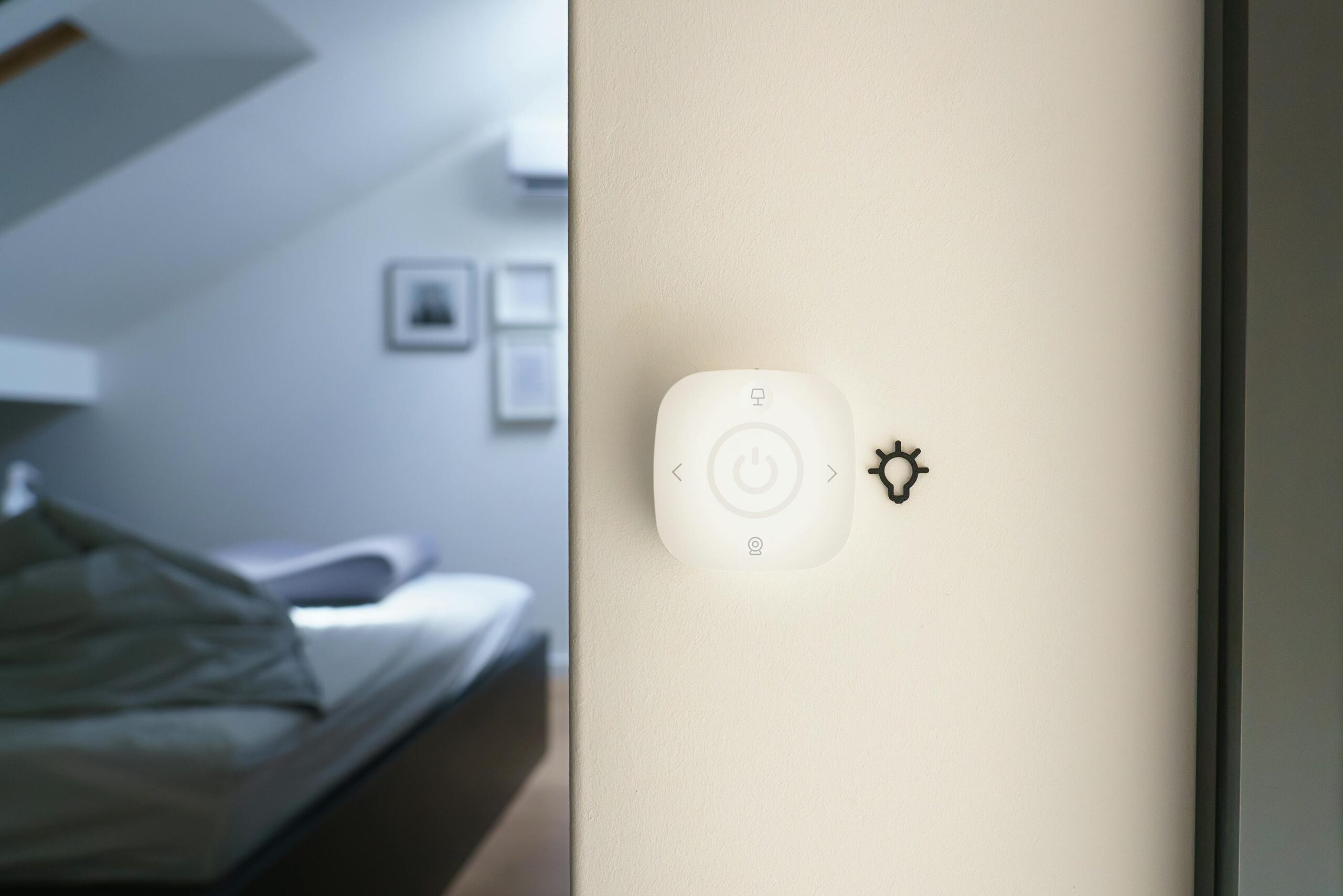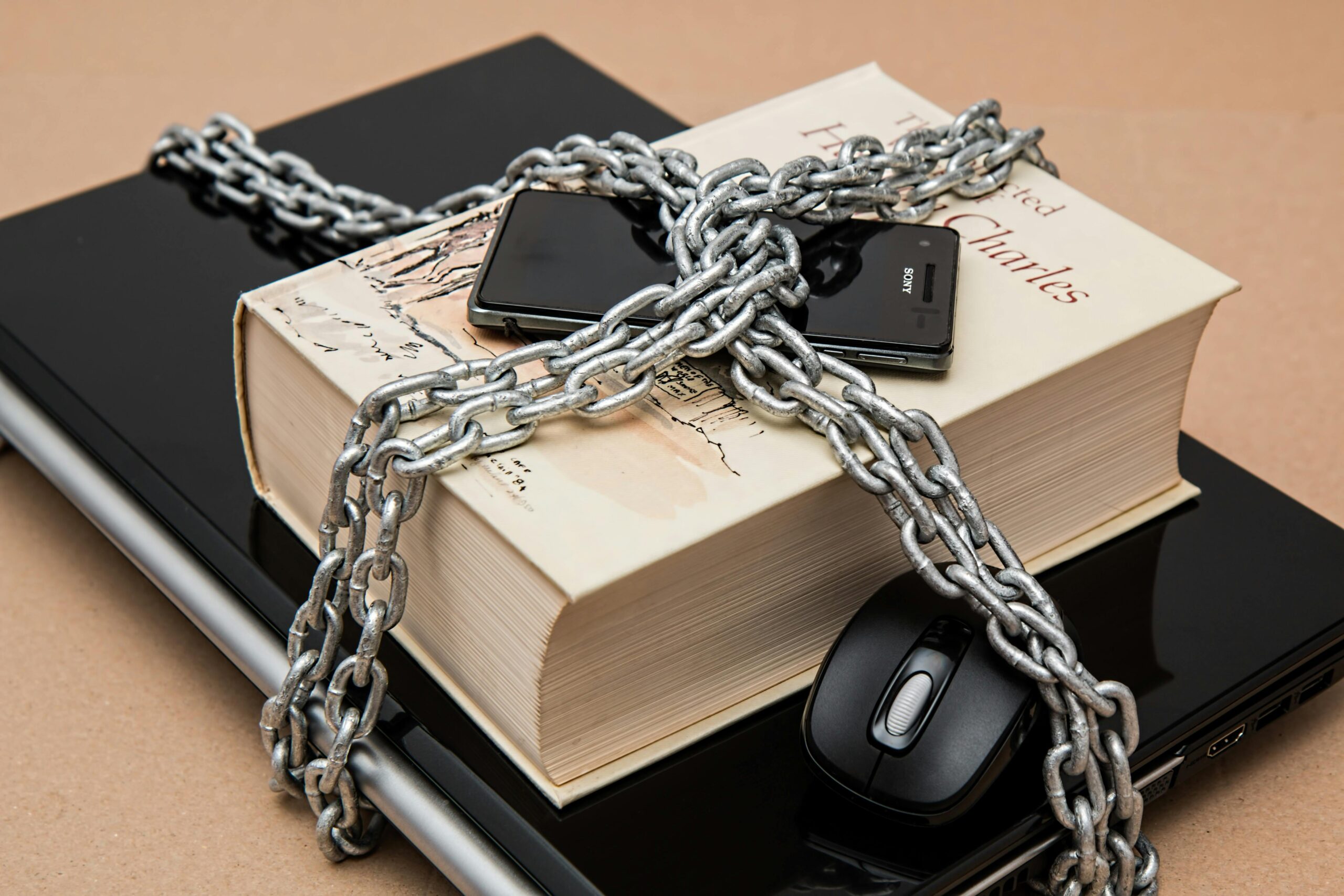“How to Secure Your Smart Home Devices: A Comprehensive Guide”
Protecting Your Privacy and Secure your Personal Data

The convenience of smart home devices has transformed the way we live, offering everything from voice-activated assistants to automated lighting and security systems. However, this convenience also comes with risks. With every smart device added to your home, you’re increasing the number of potential entry points for cybercriminals. To enjoy the benefits of smart technology without compromising your privacy or security, it’s crucial to take steps to secure your devices. Here’s how you can safeguard your smart home.
1. Start with a Secure Network
The foundation of a secure smart home is a strong and secure Wi-Fi network. Here’s what you should do:
- Use a Strong, Unique Password: Your Wi-Fi password should be long, unique, and difficult to guess. Avoid using easily accessible information like your name or birthday.
- Enable WPA3 Encryption: WPA3 is the latest and most secure Wi-Fi encryption standard. If your router supports it, make sure it’s enabled.
- Create a Guest Network: If you have visitors who need Wi-Fi access, set up a separate guest network. This way, they won’t have access to your main network and smart devices.
2. Update Firmware and Software Regularly
Smart devices, like any other tech, are prone to vulnerabilities. Manufacturers often release updates to patch security holes and enhance functionality.
- Enable Automatic Updates: Where possible, enable automatic updates to ensure your devices are always running the latest firmware.
- Check for Updates Manually: Periodically, manually check for updates, especially for devices that don’t update automatically.
3. Use Strong, Unique Passwords for Each Device
Each smart device should have a strong, unique password. This makes it more difficult for attackers to gain access to your network through a compromised device.
- Avoid Default Passwords: Many devices come with default passwords like “admin” or “1234.” Change these immediately.
- Consider a Password Manager: With so many devices and accounts, it’s easy to lose track. A password manager can help you keep everything secure.
4. Enable Two-Factor Authentication (2FA)
Two-Factor Authentication adds an extra layer of security by requiring not just a password but also a second piece of information, like a code sent to your phone.
- Enable 2FA Wherever Possible: If your device or service offers 2FA, enable it. This simple step can significantly enhance security.
- Use an Authenticator App: Apps like Google Authenticator or Authy are more secure than SMS-based 2FA, which can be vulnerable to SIM-swapping attacks.
5. Secure Your IoT Devices with a Dedicated Hub
Some smart home devices can connect directly to your Wi-Fi, while others use a dedicated hub. Using a hub can help isolate your smart devices from your main network.
- Use a Smart Home Hub: Devices that connect through a hub can be more secure as the hub manages communication, adding an extra layer of protection.
- Segment Your Network: If your router allows it, consider creating a separate network for your IoT devices to limit their access to your main network.
6. Monitor Your Devices and Network
Keeping an eye on your network activity can help you detect unusual behavior that could indicate a security breach.
- Regularly Review Device Logs: Check your devices for any unexpected activity, such as unfamiliar logins or commands.
- Use Network Monitoring Tools: Tools like Fing or your router’s built-in monitoring features can help you spot suspicious devices or traffic on your network.
7. Disable Unused Features
Many smart devices come with features you may not need. Disabling these can reduce the risk of exploitation.
- Turn Off Unnecessary Features: If your smart camera offers remote access that you never use, disable it.
- Restrict Access: Ensure that only authorized users have access to certain features or devices.
8. Be Cautious with Third-Party Apps and Services
Integrating third-party apps or services with your smart home devices can increase functionality, but it can also introduce new security risks.
- Use Trusted Services: Stick to well-known, reputable services when integrating with your smart home.
- Review Permissions: Check the permissions that apps or services request and only grant what is necessary.
9. Educate Everyone in Your Home
Even the most secure setup can be compromised by human error. Make sure everyone in your home understands the basics of smart home security.
- Create Strong Passwords: Teach family members how to create and manage strong passwords.
- Recognize Phishing Scams: Ensure everyone knows how to spot and avoid phishing scams, which are a common way for attackers to gain access.
10. Plan for the Worst: Backup and Recovery
Despite your best efforts, security breaches can still happen. Having a backup plan can help you recover quickly.
- Regularly Backup Your Data: Ensure that important data is backed up regularly, whether on the cloud or a physical device.
- Know How to Reset Devices: Familiarize yourself with the reset process for your devices in case you need to restore them to factory settings.
Conclusion
Securing your smart home devices is an ongoing process that requires vigilance and proactive measures. By following these steps, you can significantly reduce the risk of unauthorized access to your home network and devices, allowing you to enjoy the convenience of smart technology with peace of mind. Stay informed, stay updated
Share this content:









Post Comment